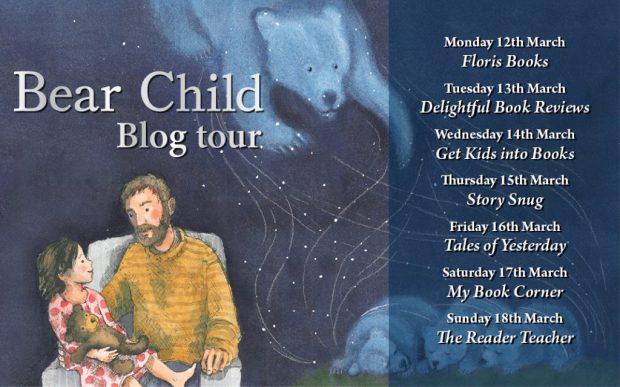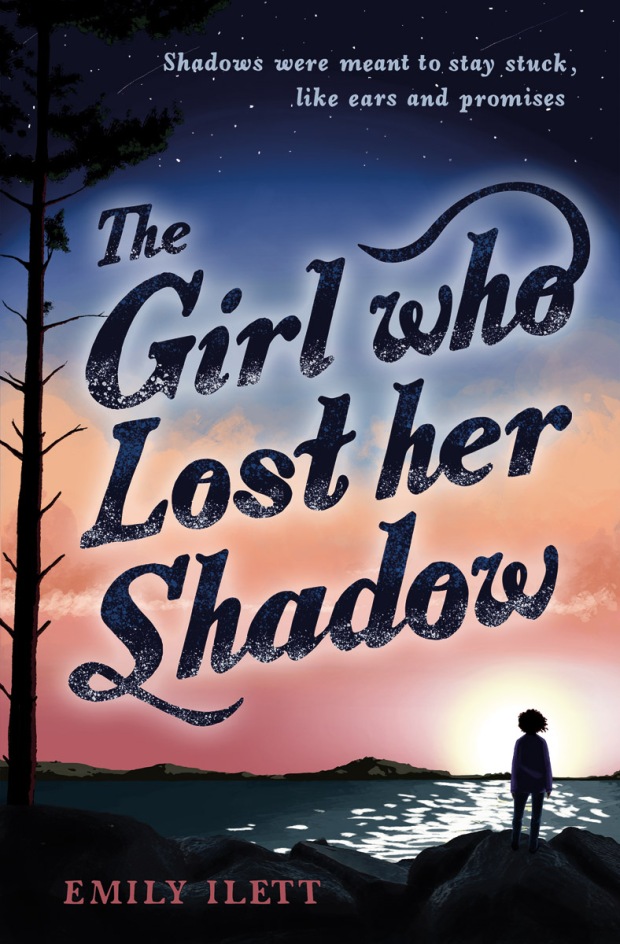
Rating: ⭐⭐⭐⭐
Title: The Girl Who Lost Her Shadow
Author: Emily Ilett (@EmilyrIlett)
Publisher: Kelpies/Floris Books (@DiscoverKelpies) (@FlorisBooks)
Page count: 224
Date of publication: 26th September 2019
Series status: N/A
ISBN: 978-1782506072
Perfect for Year 6 and Year 7.
#3Words3Emojis:
1. Shadows 👥
2. Adventures 🏃♀️
3. Sisters 👭
Gail used to be close to her big sister. But lately Kay has changed: she’s sad and quiet, and Gail has no idea how to help.
But when Kay’s shadow slips away as well, Gail knows she must bring the shadows back.
Gathering her courage, Gail chases the shadows through caves and forests, discovering maps, a pearl and an unexpected new friend who can speak to birds.
Can she find what the shadows are seeking?
“Gail and Kay used to swim every week, but everything had changed after their dad left. Now, Kay never left her room if she could help it. She hardly ate, and if she looked at Gail, it was like she was looking all the way through her, as if she was invisible.”
When Gail’s older sister, Kay, becomes depressed, Gail doesn’t understand what is happening. The two sisters used to do everything together – they dreamed of being marine biologists and swam in the sea whenever they could. So when Kay becomes tired, sad and distant and won’t swim with Gail anymore, Gail feels abandoned and is furious with her sister.
The Girl Who Lost Her Shadow follows Gail as she chases across the island after her sister’s shadow, certain that if she finds it and brings it home, everything will go back to how it was before. On her journey, Gail befriends a young girl called Mhirran.
“A strange girl with orange hair tapping Morse code deep inside a tunnel like the whole island might be listening.”
Mhirran speaks Dolphin and talks to the stalagmites in Morse code. She can mimic bird calls and wave her arms in semaphore. She talks about whistling languages and how spiders can communicate through their webs, like playing guitar strings. She talks about the ways elephants can feel the warning call of other elephants through the ground and how whales speak to each other through miles and miles of cold water.
At first, Gail dismisses Mhirran’s constant chatter. She says that Mhirran talks all the time but never says anything real. But when Gail hears Mhirran’s own story, she realises that Mhirran is also trying to reach out across a difficult silence in her life. And as she begins to listen more closely to her friend, Gail draws strength from learning how different creatures communicate.
This is a story about the impact of Kay’s depression on Gail, and how she finds the courage to be there for her sister, just as Kay has looked out for her, so many times before. I hope this story will help young people and families talk about depression and mental health, and the different ways we can continue to reach out to each other through difficult and painful experiences. Gail learns to ask for help and take the help that is given, and I hope this book, through a tale of magic and adventure, supports young people to ask for, and give help, themselves.
Emily Ilett, author of The Girl Who Lost Her Shadow

“Kay said too many people try to do things by themselves – she couldn’t understand it. It’s a brave thing to ask for help, she said. The bravest thing.”
In this extract, Gail is trapped inside a tree’s shadow and she is looking at a photograph of Kay in the hope that it will give her the strength to escape the shadow.
“Gail ran a forefinger down the photo, following the curve of Kay’s cheek. Kay had always been the strong one, not her. She remembered the time when she’d broken her arm and Kay had drawn twenty-three octopi on her cast so that she had all the arms she needed, and when Kay had spent hours explaining the tides because Gail was afraid of not knowing when the ocean would shift or shrink. She remembered when her sister had taken the blame the day Gail had turned their mum’s umbrella into a jellyfish with pink tissue paper and superglue, and when she’d squeezed Gail’s hand and distracted her with stories of marine biologist Asha de Vos while Gail had her first terrifying injection.
And she remembered one day after Kay had started sinking, when she had turned to Gail in the sticky silence, and said softly, “Do you remember the time we went swimming last October? We stayed in for ages and when we came out our lips and fingers were blue. You squeezed my hand and I couldn’t feel anything at all.” Gail had nodded and Kay stared at her own hand, flexing her fingers. “I feel like that now, Gail. Everything is numb. It’s like I’ve been swimming for hours. But I don’t know how to get out. I can’t get out.”
Gail had stiffened at Kay’s words then. Kay was the strong one. She needed Kay to be the strong one. And so she had tightened her mouth and tapped at the window and shrugged and said nothing at all.
Twigs broke behind her. They crunched in a creature-like way. Gail held her breath; she slipped the photo back in her bag and tried once more to wrestle her feet from the tree’s shadow. It was beginning to convince her that there were leaves growing from her nostrils and in between her teeth: Gail had to touch her face to check that there weren’t. She tugged her hair behind her ears, and shifted her rucksack higher on her back.
Leaves crackled to her right, followed by the scuttling of insects disturbed.
“Hello?” Gail whispered. “Who’s there?”
For the first time, she wondered why the deer had been running so fast. Perhaps something had spooked them in the forest…
Gail shrank her head into her jumper. She had to get out of the tree’s shadow. Who am I?Remember who I am. But all she could see was Mhirran’s pale face, and Kay, flexing her fingers sadly on her bed.
Caww. A crow burst upwards, startled into flight: something was moving in the forest. Gail froze. She could smell animal: damp fur and hunger. Every part of her body tensed. She squeezed her eyes shut, frantically racing through all the defences she knew: the octopus’s spray of ink, the eel’s organ regurgitation, the slime of the hagfish. She thought of the leafy seadragon’s camouflage and the jellyfish’s sting. And then she thought of Kay and the way she stared everybody down without any other kind of weapon at all. So Gail opened her eyes.
The eyes staring back at her were full of wilderness. Of hunts and hiding. Of exile and territory. They were full of night secrets and independence. They were coral-proud and luminous. They shone.”
Big thanks to Emily, James and all the team at Kelpies/Floris for inviting me to be a part of the wonderful The Girl Who Lost Her Shadow blog tour and for sending me an advance copy of the book
Extra big thanks to Emily for her guest post and to Kelpies/Floris for inviting me to share this wonderful extract above.
Mr E




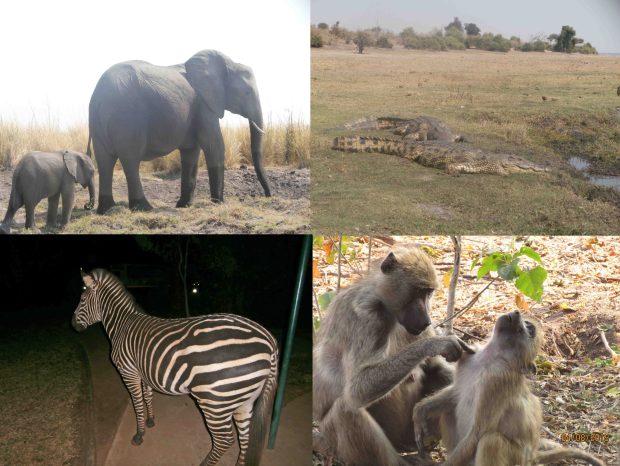
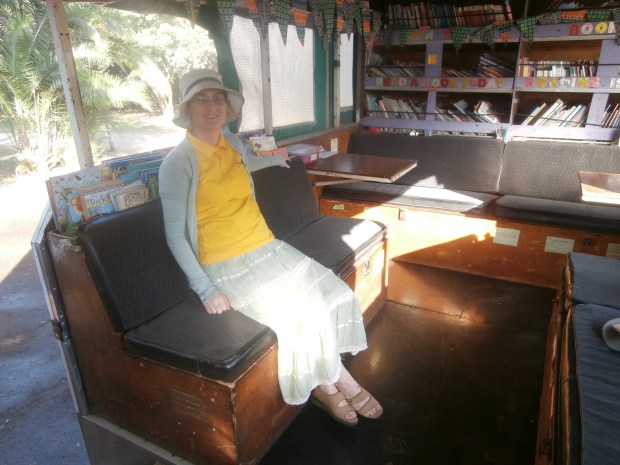


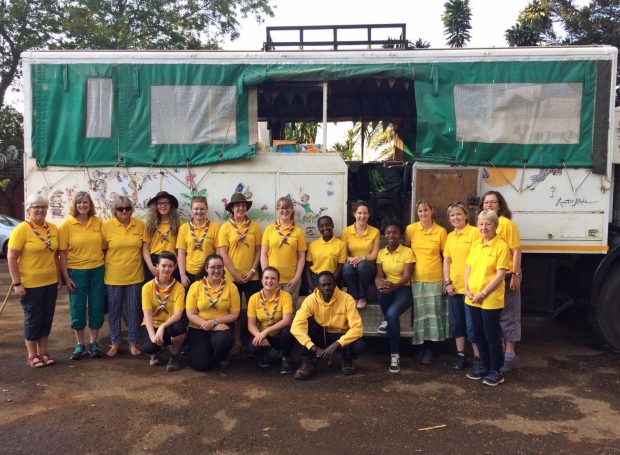
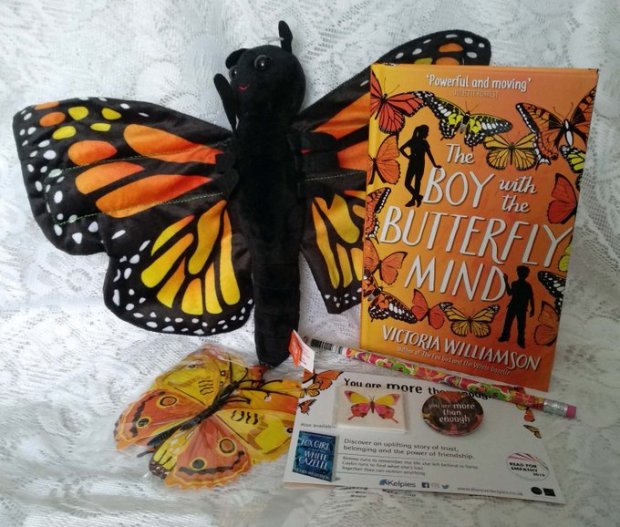










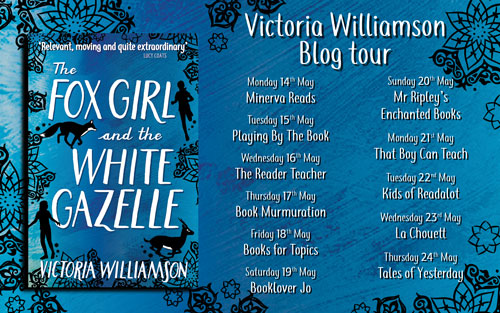

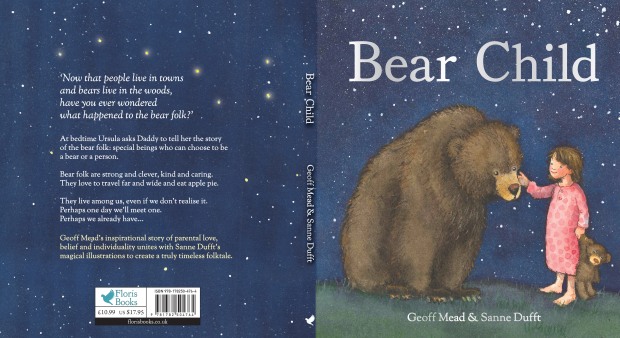
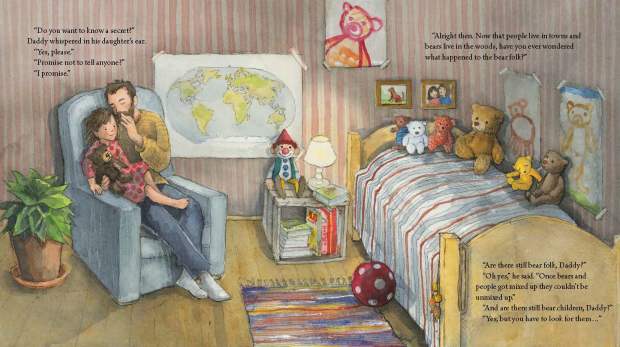



 ————————————————————————————————————————
————————————————————————————————————————